Stories
Aalto Game Changers
A University’s Impact On Society
Aalto Game Changers timeline represents the collective legacy and impact of the Aalto University and its three predecessors on Finnish society. Aalto University was established in 2010 as a merger of three major Finnish universities: the Helsinki University of Technology, the Helsinki School of Economics, and the the University of Art and Design Helsinki. This merger brought together also the historical archives of over 100 years of Finnish technology, business and design.
Based on historical data, multi-lingual content covering significant events and persons from the 19th century onwards were authored and curated by a content team of nine. The brief for the editorial work also included potential cases for students imagining future scenarios.
The interactive timeline presenting the Aalto Game Changers knowledge base was developed by Aalto Studios: Web Studio.
Curating and managing the most significant events from this vast pool of information was a huge effort. Content gathering was done by Aalto’s content team over a period of 6 months using the DMX Modeler. The associative and evolutionary approach of DMX enabled the team to start relating events while still gathering data. The requirement that other research projects can now access the same body of information made the open source DMX Context Machine a perfect choice for the University.
Lettrétage
CROWD Omnibus Reading Tour
In 2016 a bus toured through the whole of Europe for 12 weeks – from the far north of Norway to Cyprus. At 50 stops over 100 writers from 37 countries presented their work, had discussions and workshops under the title – literature knows no boundaries!
The project was funded by the European Commission and is regarded as a best practice example of a small cooperation project in the Creative Europe programme.
This “litera-tour” was planned and produced by CROWD (Creating other Ways of Dissemination) – a European network of the independent literary scene. The network aims to connect authors, translators, organizers, cultural politicians, cultural administrations. It facilitates digital ways of participation and promotes exchanges between individuals, institutions and the public.
Lettrétage, the Berlin based member of the CROWD network, collected the data of the individual authors, their works, the events as well as further information. The team from Lettrétage authored the interlinked content using the DMX Context Machine.
Via the website the bus tour could then be followed along the road. All information about authors and their upcoming and past events were updated and retrieved in real time.
TAZ Migration Control
Who gets paid, to stop the world’s refugees?
TAZ journalists (die tageszeitung) researched public data on money flows from the EU to African countries over several years. They uncovered that the money – camouflaged as development aid – was used to stop migration from Africa to Europe.
A team of 25 journalists and scientists researched 6 months in 21 countries to uncover with overwhelming evidence on of the darkest chapters of EU politics. Until 2020 the EU will likely have spent around 10 billion EUR to enable other countries to keep migrants away from Europe.
In November 2017 the project TAZ Migration Control was rewarded with the Otto-Brenner-Preis in the category Multimedia. As the Otto Brenner Foundation puts it in their press release.
“This expertly designed web-dossier makes a complex topic accessible to anyone and is at the same a database that encourages to do further research. Europe needs media projects like this one.”
The TAZ team used a Google spreadsheet to collect the public data. The DMX Context Machine was used to semantically associate the data with Institutions and Countries. Web specialists then visualized the data. The frontend dynamically pulls the data from the DMX Migration Control service to present it on the Migration Control Website.
While journalists and scientists kept filling out the spreadsheet DMX team created the data model, including multi-language support. Within only a few weeks, development work was done.
Berlin Hyp
The credit process in transition.
As one of the major German Pfandbrief banks, Berlin Hyp AG has set itself the goal of actively shaping and advancing the digital transformation of the real estate sector. As part of its digitisation strategy, processes of real estate financing and valuation as well as cooperation with customers and partners are being rethought.
How do you moderate and document a process in which existing processes and IT systems are put to the test and in the end a new data model is developed?
In the course of the project the DMX Context Machine was adapted to the requirements of the bank. With the help of Berlin based management consultancy econauten new data types and associations as well as a tabular view of the data were developed.
With the Entity Mapper plugin Berlin Hyp project team is now able to define, model and document technical terms and tasks, data points and transformations. Interfaces to existing IT systems can also be mapped. Thus, starting from a technical context, all occurrences and variants of a term can be explored.
Kiezatlas 2
Managing open data on socio-cultural organisations
Kiezatlas is a geographic content management system used to publish open data on over 8 000 socio-cultural places in Berlin. It is operated by the outreach gGmbH – Projekt Network and used by regional coordinators, contact persons and public officials in nine districts to provide up-to-date information for citizens and social workers.
Key selling point of DMX for outreach gGmbh was the power of rapid application development combined with a flexible and end-user driven approach to database modeling.
DMX Facets plugin empowers the Kiezatlas administrators to manage various perspectives onto different regions in Berlin from within one system. The DMX Modeler facilitates the agile and user-centered development process which founded the Kiezatlas software. Kiezatlas itself is developed as free and open source software.
Kiezatlas administrators have worked with the DMX Context Machine for over ten years. DMX stable display system allows Kiezatlas administrators to re-apply the various configuration options through re-visiting their often artfully composed Topicmaps:
“Over the years some of my Topicmaps became art and I printed out screenshots of them to hang them as pictures in my office. Each of them shows a different and very specific subset of the applications configuration or data.” – Reinhilde Godulla

